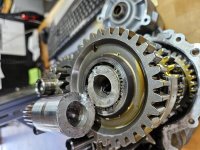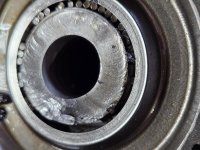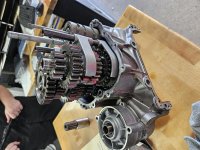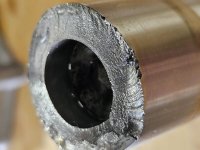MeudtPG
Member
Thanks in advance for input.
2018 RTL. :spyder:
1) After replacing recall drive sprocket should the final belt tension be readjusted or at least checked?
2) What damage can occur if the final drive belt tension is too tight?
A) Could output needle bearing be destroyed causing output shaft to break?
B) Would belt break before doing major damage?
2018 RTL. :spyder:
1) After replacing recall drive sprocket should the final belt tension be readjusted or at least checked?
2) What damage can occur if the final drive belt tension is too tight?
A) Could output needle bearing be destroyed causing output shaft to break?
B) Would belt break before doing major damage?




